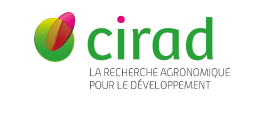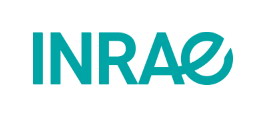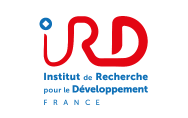State and/or parameter estimation for large-scale distributed parameters dynamical systems has become a routine task in the past two decades. It is a fusion process of incomplete and, possibly, indirect observations of state variables with a mathematical model governed by partial differential equations, complemented by a priori information. The applications include model initialization in meteorology and oceanography, air and water quality monitoring, "calibration" of groundwater and reservoir models, discharge estimation and forecasting in river hydraulics and hydrology, flow estimation and control in aerospace engineering, process control in chemical and nuclear engineering, etc. In different applications these estimation problems are also referred as "data assimilation"(DA),"calibration" and "inverse problems". Variational estimation/DA is a method based on the optimal control theory, which relies on the "adjoint model" concept. This method is widely used in geosciences.
For example, it is a preferredmethod for weather and ocean forecasting in major operational centers around the globe. The method is recently applied in river hydraulics and hydrology, and has been widely used in other scientific and engineering applications, such as aerospace engineering,astronomical and biomedical image processing, etc.
Uncertainty quantification (UQ) and optimal design are important topics closely associated with estimation (data assimilation). However, in the framework of the variational approach, these issues are particularly difficult to address. An overview of the original author's work on advanced methodology for UQ and optimal design is presented in the coming chapters. The accent is made on feasibility of the suggested methods for the UQ and design in high-dimensions, where the statistical methods (Monte Carlo involving associated tricks, e.g. localization, importance sampling, etc.) may fail to produce a sensible outcome due to a very small sample being available. Some of the approaches could equally be useful for improving (in terms of acceleration, memory savings and robustness) the estimation techniques themselves.
In particular, Chapter 1contains general introduction into the theory of variational estimation and the basic uncertainty quantification method used in this framework, whereas in Chapter 2this method is generalized to the essentially nonlinear case (the "effectiveinverse Hessian" method) and also considered from the point of view of the Bayesian estimation. Next, Chapter 3contains four new methods: a method for assessing the gaussianity of the estimates (based on the concept of "coexistence measure"), a method for computing the gradient of the design function in the sensor-location problem, an 'idle' control method for treatment model and parametrization error, and a method for optimal design of the active control set. Finally, Chapter 4presents a new concept of 'multilevel eigenvalue decomposition', which isused for super-compact representation of the inverse Hessian and for preconditioning of the Gauss-Newton iterations. For each method, some further developments are suggested.
In addition, this manuscript contains author's CV and a brief description of his past and near-future research activities, which are much broader than the topics reflected in the manuscript.






